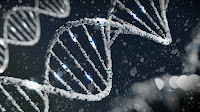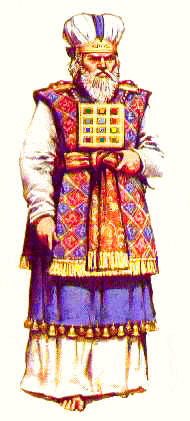My father hated to go to the movies. My mother, who loved the movies, would go with friends when she wanted to see a film. I can remember only once in my childhood when we went to the theater to watch a movie as a family.. That movie was called “The Longest Day”. When it came out in 1962 my father, who had served overseas in the army, wanted to see it. So we piled into the car and went to the West Side Theater in Scranton, Pennsylvania to see that movie. Afterwards we went to the ice cream parlor for sundaes. It is one of my favorite and precious childhood memories,
Many of you know this movie. ‘The Longest Day” captures the day in 1944 when the US Army and Allied forces send a huge force to invade Normandy. With heroic efforts and great loss of life, the troops made it on to Omaha beach and entered deep into French territory. This week marks the seventy fourth anniversary of that invasion of Europe by the allies, known as D- Day.
Our Parasha for this week opens with preparations for another invasion — the invasion of the Land of Canaan by the Israelites. Moses sends spies — one from each tribe — to reconnoiter Canaan. Moses asks them to return with specific information. Are the cities fortified or out in the open? Are the people armed and prepared to defend themselves? These are questions that any responsible military leader would need to answer before preparing for successful invasion. Then Moses asks a peculiar question. Moses asks the spies to report back if there are any trees in the land. Can you imagine Eisenhower asking if there were any trees in Europe? Why would Moses need this information? G-d already told him that the Land was flowing with milk and honey, that it was a fertile land with rivers and forests.
Rashi answers that Moses, in asking about trees, was really asking if there were any righteous people living among the Canaanites who, through their connection to G-d, might help defend the Canaanites against an invasion by the Israelites. Righteous people providing leadership to the Canaanites would make conquest of the land all the harder. There would need to be additional preparations to meet that contingency. Later on, in the Book of Deuteronomy, trees will again be compared to people. When the Jewish people are laying siege to a city, the Israelites are commanded not to cut down any fruit trees. “For is a tree like a person, that it can run away?” asks the Torah. It is a rhetorical question. The answer of course is, “No” — a tree has no way of defending itself against the ax. Therefore we ought not to destroy it. It would run away if it could!
But would a tree know that it was in danger? It turns out that trees are a lot more like people than we would think. Both trees and people have crowns. Both have limbs that move and trunks from which the limbs come. Trees breathe, like people. Trees thrive when they live in communities, which we call forests. Recent research into the life of trees has shown that trees communicate with one another through their root systems and through fungal systems that connect the roots of one tree to the roots of another. Older trees are able to communicate their experience to younger trees, which help the younger trees to prepare for adverse conditions. In other words, trees have their own Torah that they pass down through the generations. Professor Susan Simard, who has studied the communication system that trees use, has dubbed this the “wood wide web”.
The Talmud compares a person whose wisdom exceeds their good deeds to a tree whose branches are numerous, but whose roots are few. The wind comes and uproots it, and turns it upside down.
This serves as a metaphor that alerts us that there are people who are very intelligent, very gifted and highly skilled in their fields. These individuals might display the outward trappings of success as defined in our culture. They show they have lots of “branches” and “leaves” — they have big homes and flashy cars, they wear expensive clothing and take lavish vacations. We might envy these people, but we should not, for we cannot see what lies below the surface. If we use our gifts, our intelligence, our skills only for selfish reasons — to accumulate more “things” — we may look pretty good on the outside — but according to the Talmud, our roots may still be shallow. We are neither planted firmly in a community nor connected to others. In times of trouble, we might feel extremely vulnerable. Without an ethical tradition to guide us, without a community to support us, without a heritage to look to, our lives can easily be turned upside down by the inevitable storms that come along in life.
The Talmud also teaches that a person whose good deeds exceed their wisdom is like a tree with few branches but with a healthy root system. Even if all the winds in the world were to blow against it, they would not move it from its place. Here the Talmud is describing a person who uses their intelligence in the service of others. They may, or may not, have many “branches”, or outward signs of wealth and success, but unseen, underneath, they are rooted in their tradition and to their community. In times of pain, loneliness, and sadness this person draws on their faith, on their community, on their sense of belonging and this will in turn help them in times of trouble.
Seventy four years ago this week American soldiers sacrificed their lives on Omaha Beach so that we could build a world into which we could grow deep roots. Our job is to continue to build the kind of families, the kind of congregation, the kind of nation from which we can draw nourishment and sustenance to live healthy, productive lives — lives that can weather the vicissitudes of life that are sure to come our way.
Shabbat Shalom


